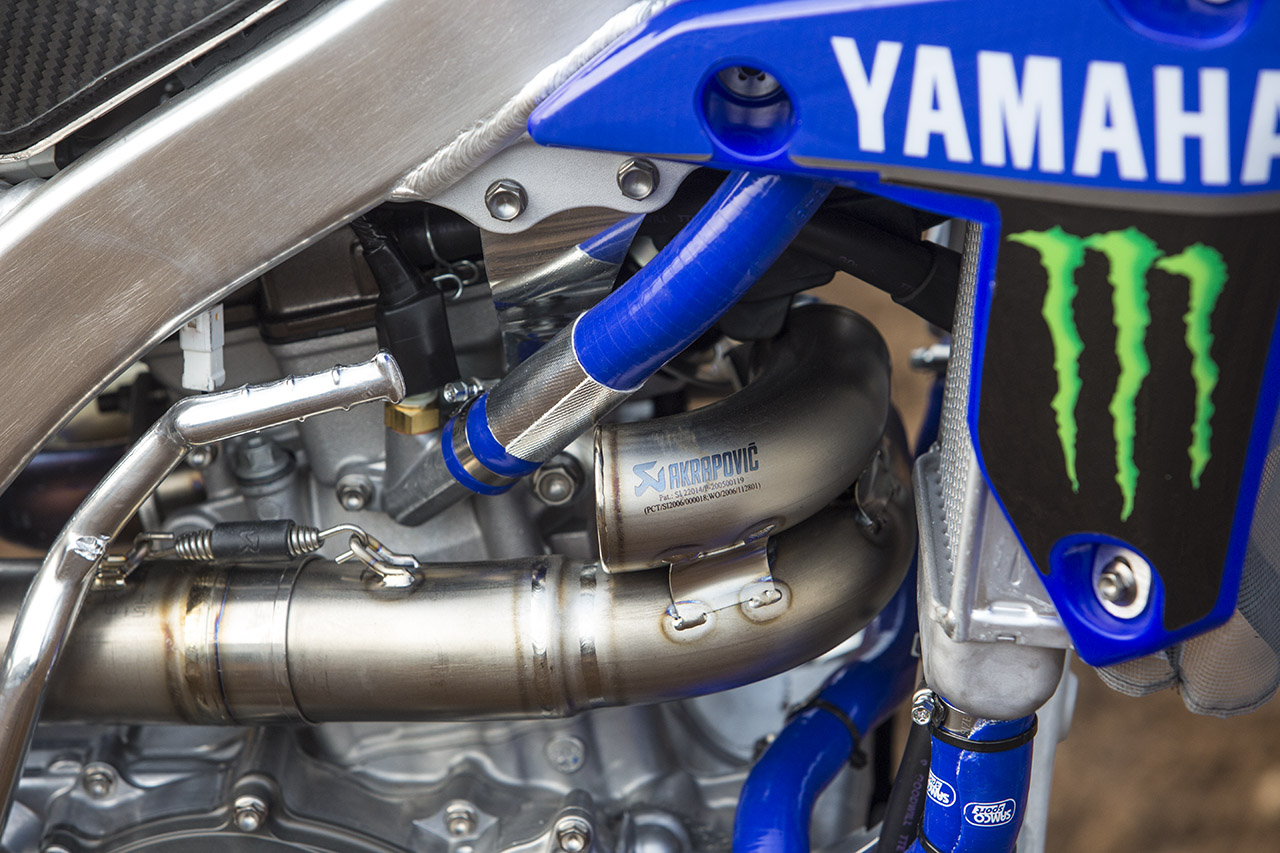pcnsd wrote: ↑Wed Jun 02, 2021 7:38 pm
All the testing I've been subjected to was based on distance and rpm. I bought a decibel meter to confirm I could pass the testing. I can see that rpm and throttle position are related, but question with Rick the proposition that rpm is not a factor in sound generation level. On a practical observation, absorption mufflers are effective across a wide range of frequency. Canceling schemes address only a narrow range of frequency. Big mufflers work on large singles. JMO.
Exhaust noise loudness is primarily a function of mass flow through a variable size orifice (the valve curtain area).
A wide open throttle will increase the mass flow as will higher engine speed (increased mass flow).
But noise is the result of combination of amplitude (pressure ratio) and frequency.
From the moment the exhaust valve opens, the exhaust gas will flow through an area changing orifice,
changing its frequency. The frequency range is typically from about 100Hz to 4000Hz. A four stroke engine running at 9000 rpm will produce an exhaust pulse at 75 Hz; a pulse consisting of the entire frequency spectrum. The frequency range will also be affected by the exhaust gas temperature.
The exhaust gas pulse does not produce a pure tone. In addition to the frequencies produced at the valve curtain,
the gas pressure waves will cause metal surfaces to vibrate at various frequencies and there will be assorted harmonics produced due to reflections or pipe bends and obstacles.
A straight pipe will not attenuate any frequencies and will rely on air friction to reduce noise.
A noise cancellation silencer such as a
diffusion type can reduce the decibels across a wide range of
frequencies (250Hz to 1750Hz), if designed properly for the application. It will however allow pass bands at certain frequencies while cancelling most others.
A
side resonanttype silencer will cancel specific frequencies typically centered about a single frequency.
In addition,
absorption type silencers have used glass wool packing as a means of reducing certain frequencies.
A well designed silencer may even use a combination design that makes use of all three types to not just reduce
decibels, but to create a certain agreeable sound.
Given a specific exhaust pipe diameter, maximum permissible length and resonator diameter, we can predict the decibel attenuation level and the specific frequencies. And the band pass frequencies where the silencer does not work.
Do you have any dimensions?








